There is a class diagram that contains one class and this class has three operations (Oper1, Oper2, and Oper3) and three attributes (Attr1, Attr2, Atrr3). Now suppose:
1- Oper1 uses Attr1 and Attr2 to read from and write to them, 2- Oper2 uses Attr3 to read from and write to it, 3- Oper3 uses Attr1, Attr2, and Attr3 to read from and write to them.
Now how can I show this dependency/usage of attributes in class's operations in UML diagram? Is it necessary to show this kind of relation in UML?


